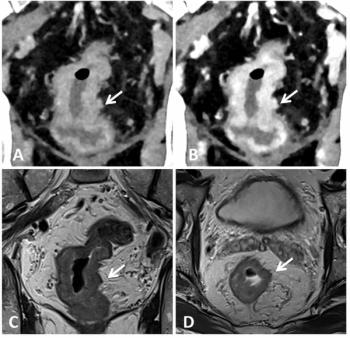
|Slideshows|September 5, 2017
8-year-old, Neck Pain, Weak Limb
Author(s)Doaa Ibrahim Hasan, MD
Case History: 8-year-old male with neck pain and right upper limb weakness for two months.
Advertisement
Case History: 8-year-old male presented with neck pain and right upper limb weakness for two months.
Newsletter
Stay at the forefront of radiology with the Diagnostic Imaging newsletter, delivering the latest news, clinical insights, and imaging advancements for today’s radiologists.
Advertisement
Advertisement
Advertisement
Trending on Diagnostic Imaging
1
The Potential of Mammography Image-Based AI Models for Assessing Risk: An Interview with Constance Lehman, MD
2
RSNA: Ultrasound Study Reveals Vascular Complications Associated with Cosmetic Fillers
3
IR Update: FDA Clears Emerging Prostate Tissue Ablation System for Intermediate Risk PCa
4
DeepHealth Unveils AI-Powered Breast Suite Mammography Software
5




























